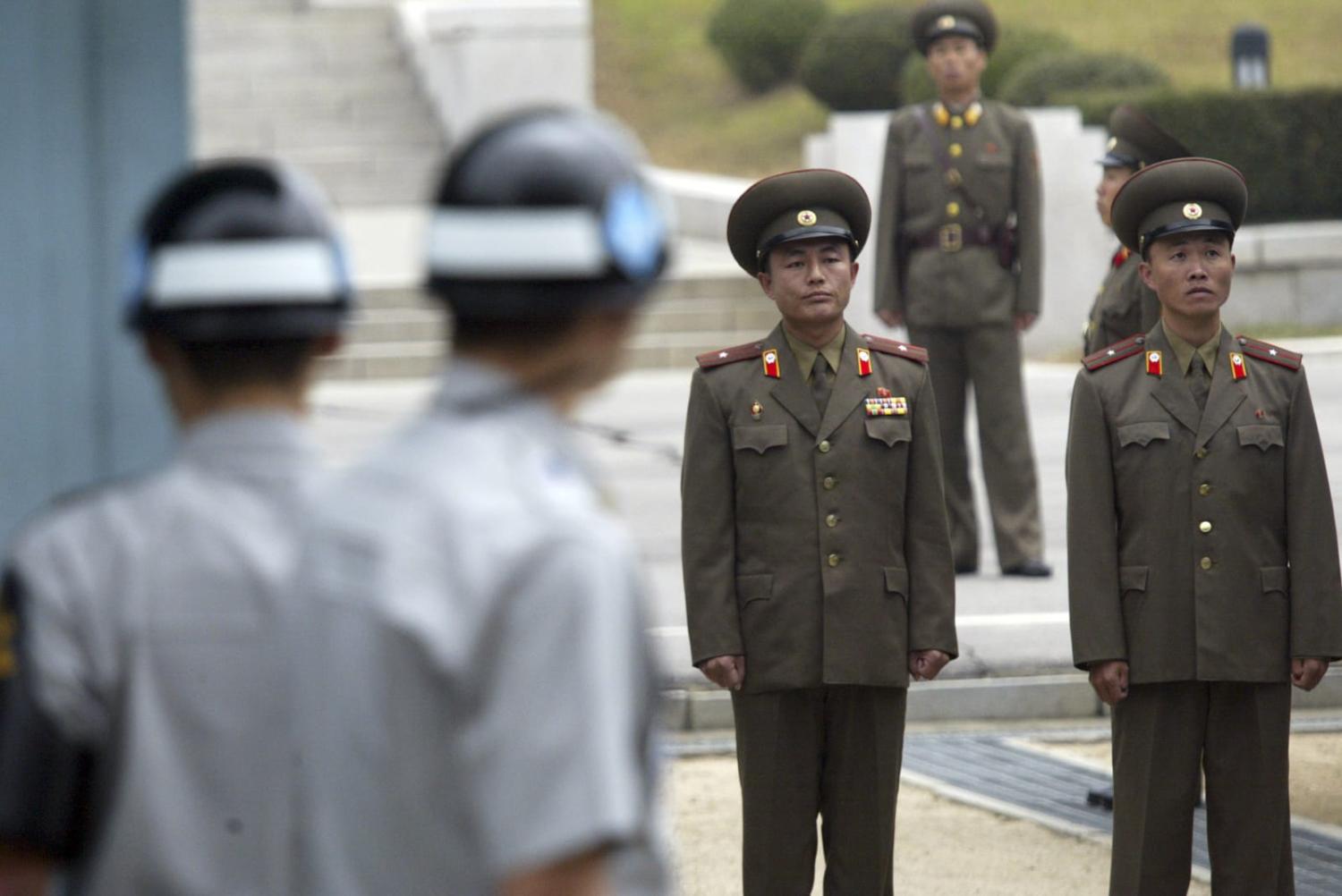Kim Yo-jong, sister to North Korean leader Kim Jong-un, delivered a warning last week about Pyongyang’s plans for its nuclear program. “The second mission,” she said of the regime’s nuclear capabilities, amounted to a “nuclear war deterrent”.
Exactly what this “secondary mission” entails is not yet clear. But Kim’s warning follows the recent US declaration during a visit by South Korean President Yoon Suk-yeol to Washington that was seen to be shoring up a commitment to cover South Korea with the US nuclear umbrella. In a fashion, Kim’s veiled threat could be seen as a step up.
North Korea’s nuclear arsenal has progressed. Once thought of with predominantly deterrence aims, its growing coercive capacity has been demonstrated by regular intercontinental ballistic missile tests, tactical nuclear arms, and a diversification of delivery means. Pyongyang’s next goal will be to split the US-South Korea alliance by making Seoul doubt the US commitment to trade Boston for Busan, as it were. Tactical nukes would ensure North Korea has an edge in a war against the South, and its ICBMs will keep the United States at bay. North Korea wants to coerce South Korea into submission.
But it is far from clear that even in a scenario where South Korea was abandoned that Seoul would simply yield to the North just because it does not have a nuclear option of its own.
A successful coercive attempt rests on several important factors. Capability is an obvious one. The coercer should also have more at stake over the disputed issue than the target. And equally, the costs of conflict for the coercer must be lower than for the target.
Although North Korea’s growing nuclear capabilities seem to be alarming, the ability to destroy is not the same as the ability to coerce. South Korea’s military capabilities and resolve cannot be dismissed. For example, North Korea recently demanded South Korea cease its military exercises with the United States by threatening “unprecedentedly persistent and strong counteractions”, but the allies carried on regardless, as it has always been the case. If Seoul won’t budge over a relatively small issue, why would it be expected to yield to North Korea’s threats without first putting up a fight?
Even if North Korea decided to “turn Seoul into a sea of fire”, the costs of conflict would be horrible for both Koreas. Neither has strategic depth, meaning a conflict could quickly spiral out of control. North Korea has the capability to directly attack Seoul thanks to its long-range artillery and new tactical nuclear weapons, but Pyongyang is not safe from South Korea’s retaliation either. Seoul’s “Three-Axis” System appears to be intended to ensure that the North Korean leadership would not survive launching a massive attack.
And even without US military support, the South Korean military alone is expected to be able to stop a North Korean invasion. Seoul has developed independent conventional weapons for deterrence, which offers credibility to South Korea’s pledge to retaliate even should the United States be held at a distance. Although the United States has discouraged South Korea from seeking its own nuclear arsenal, Washington is supporting efforts by Seoul to enhance conventional missile and reconnaissance capabilities. Pyongyang has no capability to shield itself from such retaliation.
North Korea’s political survival is safe as it is, so pursuing other goals via nuclear coercion would put the political future of the regime in danger. Rather, Pyongyang’s developing and diversifying nuclear arsenal can be explained by its concern to offset the growing conventional imbalance in the South’s favour. It is logical for North Korea to keep perfecting its nuclear arsenal as the United States and South Korea enhance their military power.
So Kim’s warning about a “secondary mission” means little so long as South Korea and the United States can credibly threaten North Korea’s political survival.

